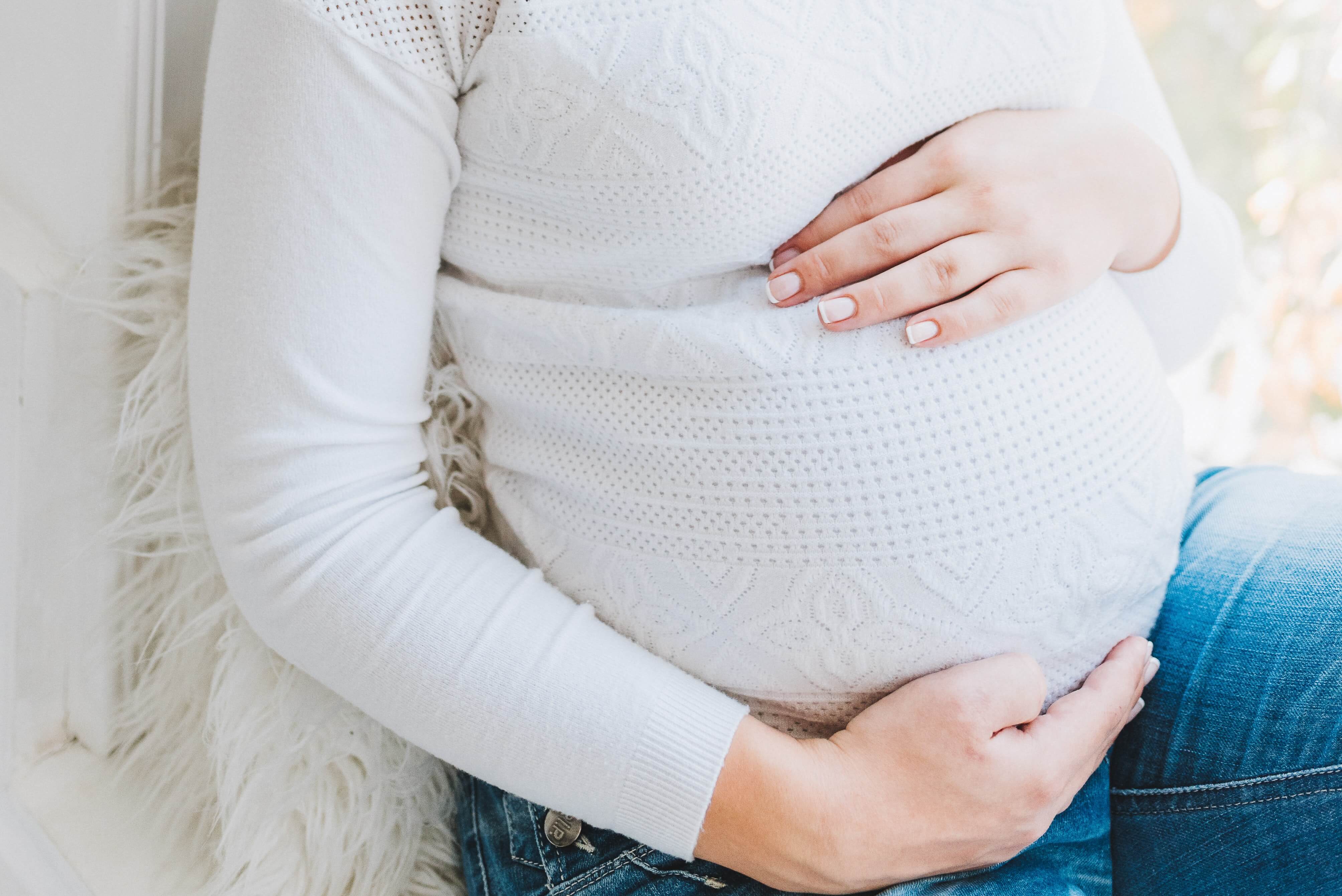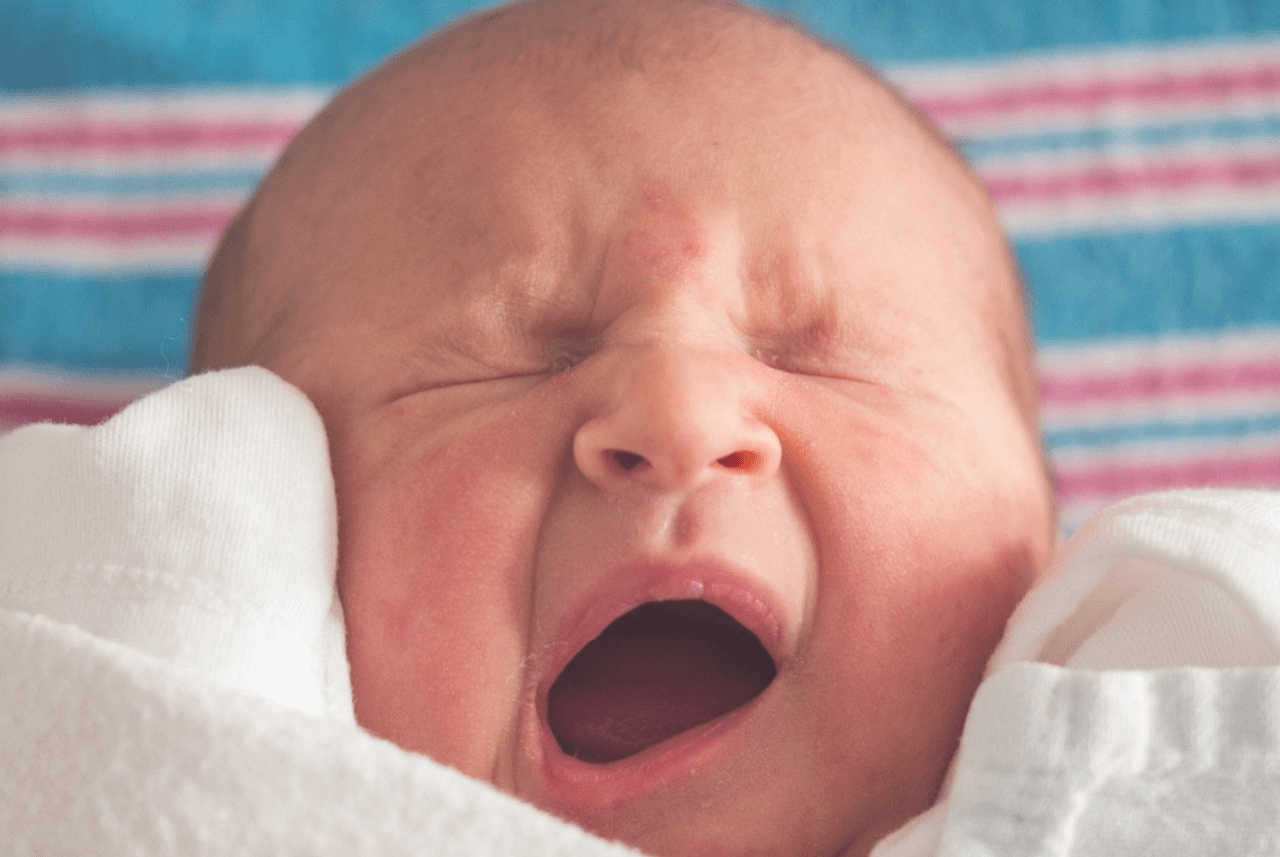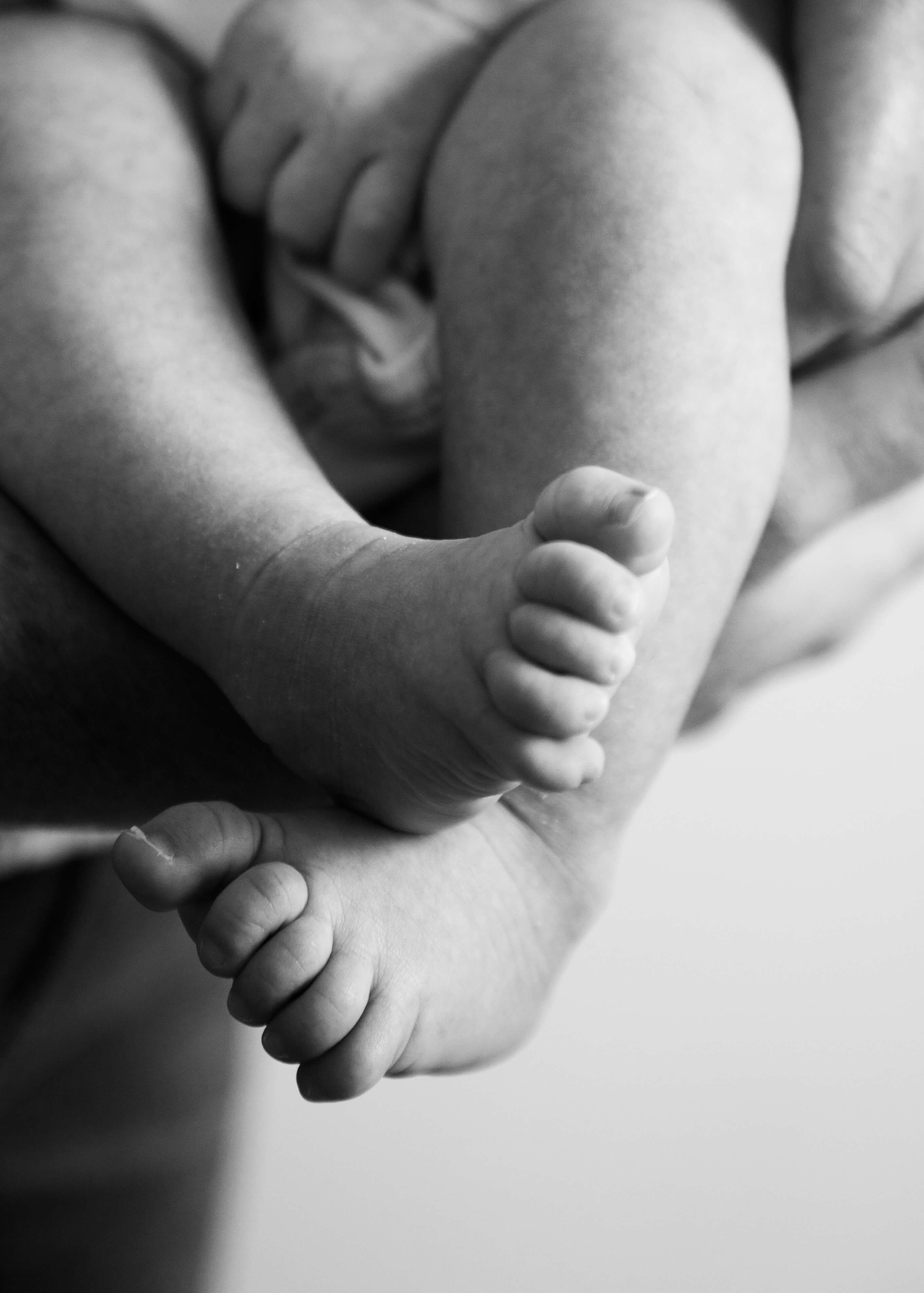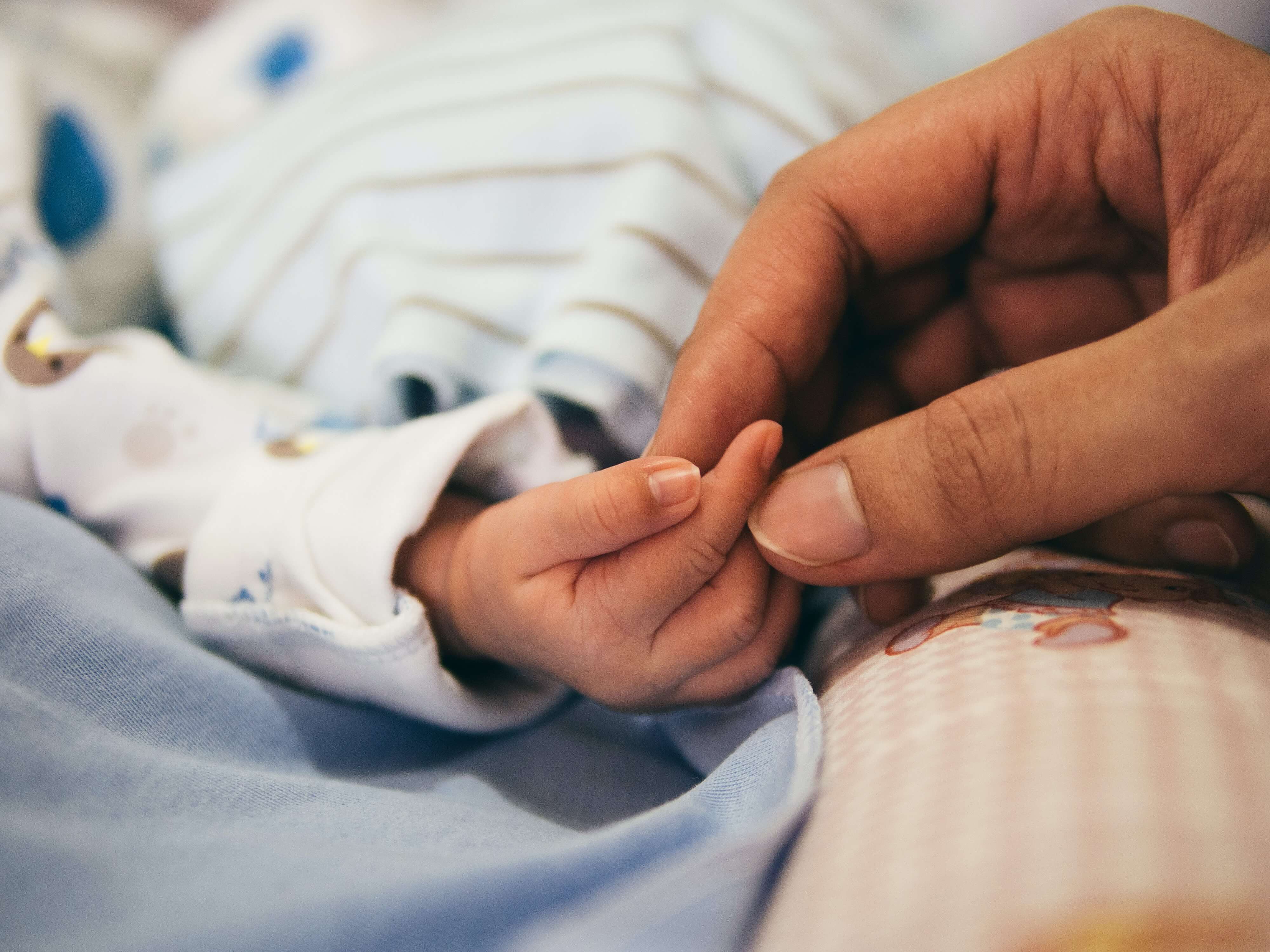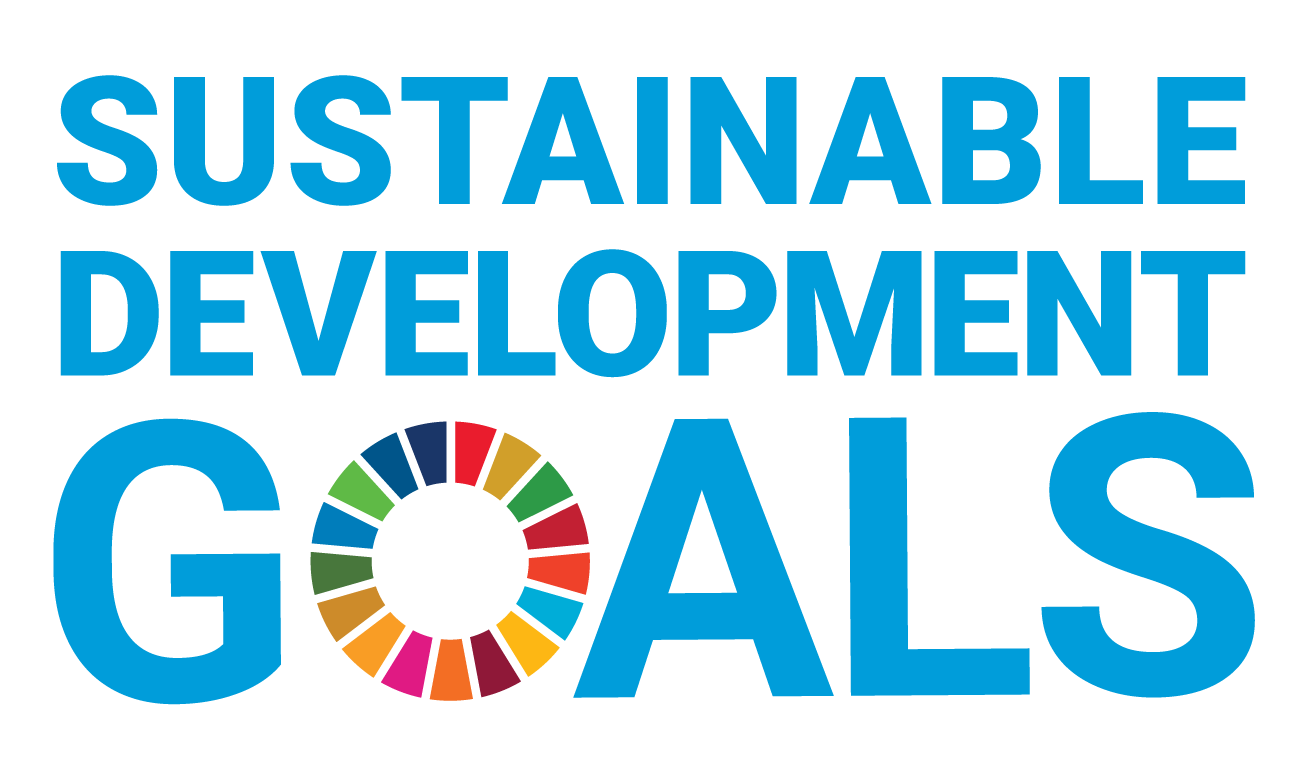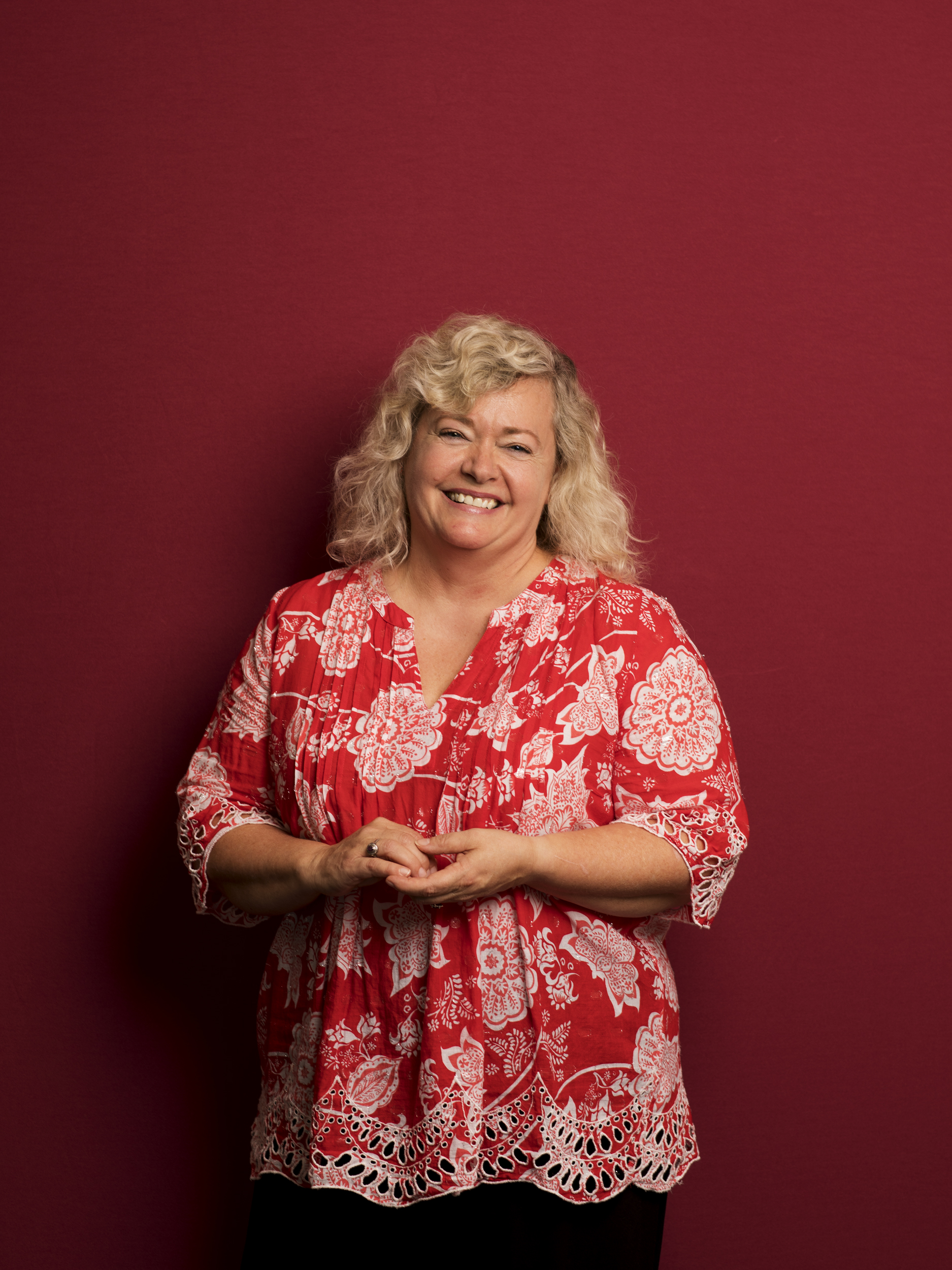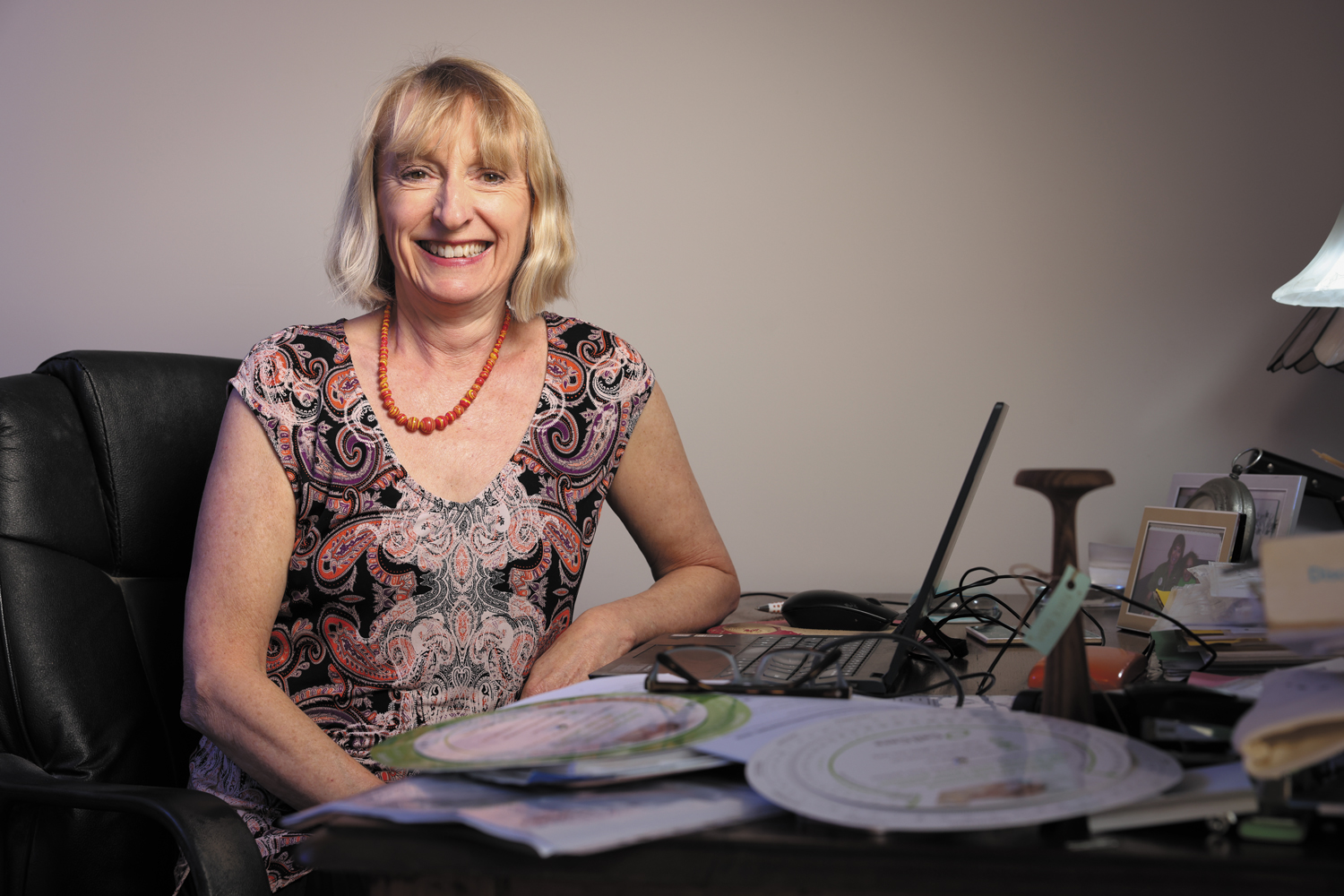You can search for courses, events, people, and anything else.
As COVID-19 lockdowns and harsh restrictions separated people in Australia, researchers across disciplines rallied to examine the impacts. Two teams from Western Sydney University’s School of Nursing and Midwifery wanted to find out how pregnant women, midwives and midwifery students were faring.
“There were huge concerns among midwives,” says Hannah Dahlen, professor and an associate dean of research at Western. “Everything was shutting down. Women were losing contact with their midwives. Everything was moving to telehealth. And there were some worrying practices, like separating mothers with confirmed or suspected COVID-19 from their babies, despite a lack of evidence that this was a benefit. I realised we were heading for a really big problem.”
“Midwives were having to quickly adapt,” adds Virginia Stulz, associate professor of midwifery at Western. “We believe that continuity of midwifery care is the gold standard. We wanted to see how midwives were providing woman-centred care during the pandemic, because we had heard it was really difficult with the restrictions.”
And so, two large research projects were born.
Dahlen received initial funding from Maridulu Budyari Gumal — the Sydney Partnership for Health, Education, Research and Enterprise (SPHERE) — to establish the Birth in the Time of COVID-19 (BITTOC) study. This was followed by grants and support from Western, Charles Darwin University, the Canadian Institutes of Health Research and the Michael Smith Foundation for Health Research, Canada. A 15-strong team of researchers from six universities, including three international collaborators, developed surveys to measure the impacts of the pandemic on pregnant women and their babies, and also on midwives and midwifery students.
Stulz led 10 members of the Trans-Tasman Midwifery Education Consortium to conduct a qualitative interpretive descriptive study based on in- depth interviews with midwives working in all modes of care across Australia. The results were published in an article in Women and Birth in September 2022.
A tremendous amount of data has been generated by both studies with interesting results so far.
Why Experiences Vary
Dahlen and her team developed a national survey that asked women who were pregnant during the pandemic, or had babies since the March 2020 lockdown, a series of questions to assess what was happening in their lives, and what their levels of stress were. The survey, performed in 2020 and repeated in 2021, asked more than 6,000 women about their experience of giving birth during the pandemic, their mental health, and infant care. These women are now being followed up with surveys assessing child development and maternal health at two, six, 12 and 24 months. Additional questions were added to the follow-up surveys to examine evolving issues such as vaccine hesitancy and the compounding impacts of the pandemic, and eastern Australia floods, on maternal mental health.
Her team’s first published study was based on the positive aspects of the experiences of 635 pregnant women and 1,021 women who had given birth. The team found that some women appreciated the move towards telehealth services, partners working from home, and fewer visitors in the postnatal period.
“At first, fewer visitors made me sad, but then I realised things were less rushed and we could just focus on baby, and also my husband worked from home so I had more support,” wrote one woman in her questionnaire.
These findings come with a caveat. “The story was different for women in unhealthy relationships, having their first baby, or who had family living at a great distance,” explains Dahlen.
The second study published by Dahlen’s team, was based on responses from 1,219 pregnant and 1,419 postnatal women. It reports a higher likelihood of elevated perinatal depression in women who lived in Victoria, which witnessed some of the most stringent pandemic restrictions, and among women with lower education, past or current mental health problems, were over the age of 35, or experienced greater family discord or less social support from friends. A third study showed women who had good resilience and tolerance of uncertainty managed pandemic stress better and were less likely to have postpartum anxiety.
“I wouldn’t wish pregnancy in a pandemic on anybody,” wrote a respondent. “It honestly made me never want to be pregnant again.”
Despite many challenges, the studies are finding that midwives have been strong advocates for women during the pandemic and the model of care matters.
Keeping Things Normal
Stulz’s team conducted in-depth interviews with 26 midwives working in all models of care (private/public hospitals, group practice and privately practicing) in all states and territories of Australia, with data collected between May and August 2020. The research found that midwives focused on keeping the woman at the centre of care, which meant sometimes pushing boundaries and bending rules.
“I have just tried to keep everything as normal as possible in everything that I do,” one midwife said in an interview. “I will not lose sight or focus; my job is the same. I am a midwife.”
This was not easy at a time of chaotic and often- changing managerial and governmental decisions.
“Managers at maternity hospitals could have made decisions based on evidence, but they were just making it up as they went along,” explains Stulz. “That’s why midwives stood up and said we’re not doing that because it’s not evidence-based.”
An example is a decision by some practices to wash babies immediately after birth. “Babies are not normally washed for 24 hours because the vernix on their skin builds up immunity,” says Stulz. Also, some practices banned water births or imposed short 15-minute postnatal midwife visits at 1.5-metre distances. Many midwives objected to these decisions, saying water births actually allowed for more social distancing, while distancing during postnatal visits made breastfeeding help difficult and did not make sense if the midwives had just spent 12 hours with the mother during labour.
“The midwives said they didn’t want COVID-19 to be the centre of care. They wanted the woman to be the centre of care,” says Stulz.
In addition to acting as advocates for their women, midwives also found ways to navigate the system and help midwifery students complete their requisite continuity of care experiences as part of their midwifery degree. Some hospitals had placed restrictions on their involvement.
Next Steps
Even outside a pandemic, midwives face significant challenges. “What we know now is that many midwives feel burnt out,” says Dahlen. “Many are traumatised. They are often not well supported and the chaos of the pandemic with policy being made up on the run has had an impact. There are a lot of things we could do better to keep midwives within the workforce. If we value women, we need to value the midwives.”
Dahlen and her colleagues are now investigating the factors that lead to burn out among midwives and what drives them away from the profession. Her team is also collating more data from the BITTOC surveys to examine the impacts of maternal stress during pregnancy on infant development, and how the model of care may have a protective effect. “What is really fascinating is that we’re starting to see the impacts on neurodevelopment at six months,” she says. Further results will also be published on the BITTOC surveys of midwives and midwifery students.
“The next question will be: We’ve had floods, we’ve had fires, we’ve had a pandemic. We’re heading into a world that is going to have to deal with some really tough times. What can we do in emergency situations to bolster women and protect their mental health and in doing so protect infant development?” asks Dahlen.
Midwifery is one of the oldest professions on Earth, says Dahlen. Researchers at Western are finding ways to nurture this profession and the pregnant women at its centre.
Meet the Academic | Professor Hannah Dahlen AM
Hannah Dahlen is the Professor of Midwifery, Discipline Leader of Midwifery and Associate Dean (Research and Higher Degree Research) in the School of Nursing and Midwifery, Western Sydney University. She has been a midwife for more than 30 years. She is one of the first midwives in Australia to gain Eligibility and access to a Medicare provider number following government reforms in 2010. Hannah has over 200 papers and book chapters and has strong national and international research partnerships. Hannah is the lead investigator of the Australian Birth in the Time of COVID-19 (BITTOC) study.
In 2019 Hannah was awarded a Member (AM) of the Order of Australia (General Division) in the Queen’s Birthday Honours list for her significant services to midwifery, nursing and medical education and research. In November 2012 Hannah was named in the Sydney Morning Herald’s list of 100 ‘people who change our city for the better’ and named as one of the leading ‘science and knowledge thinkers’ for 2012.
Meet the Academic | Associate Professor Virginia Stulz
Virginia Stulz works in a conjoint position as an Associate Professor of Midwifery between Nepean Blue Mountains Local Health District and Western Sydney University. Virginia is currently Chief Investigator on one major research project in three Local Health Districts of NSW that improves birth options for women. She recently worked in NSW across four Local Health Districts on a major research project in an effort to improve student midwives’ experiences. She mentors and supports midwives in the local health district with their research projects. She collaborates with other university academics across Australia and New Zealand as a member of the Trans Tasman Midwifery Education Consortium (TTMEC) and worked as the Chair for the TTMEC from 2021 to 2022. She is currently leading a national research project with this consortium that explores characteristics of support within new graduate programmes within Australia and has led another national research project that focused on midwives’ experiences during COVID-19. In collaboration with other researchers, she has published 30 peer-reviewed journal articles over the past five years in areas of complementary therapies, midwifery education, factors affecting birth practices, gender-based violence and women’s health. Virginia is currently supervising six higher degree research students as a primary supervisor and co-supervising three students.
Credit
Future-Makers is published for Western Sydney University by Nature Research Custom Media, part of Springer Nature.
© Anastasiia Chepinska/Unsplash
© Aditya Romansa/Unsplash
© NataliaDeriabina/iStock/Getty
© Daniel Boud
© Sally Tsoutas

